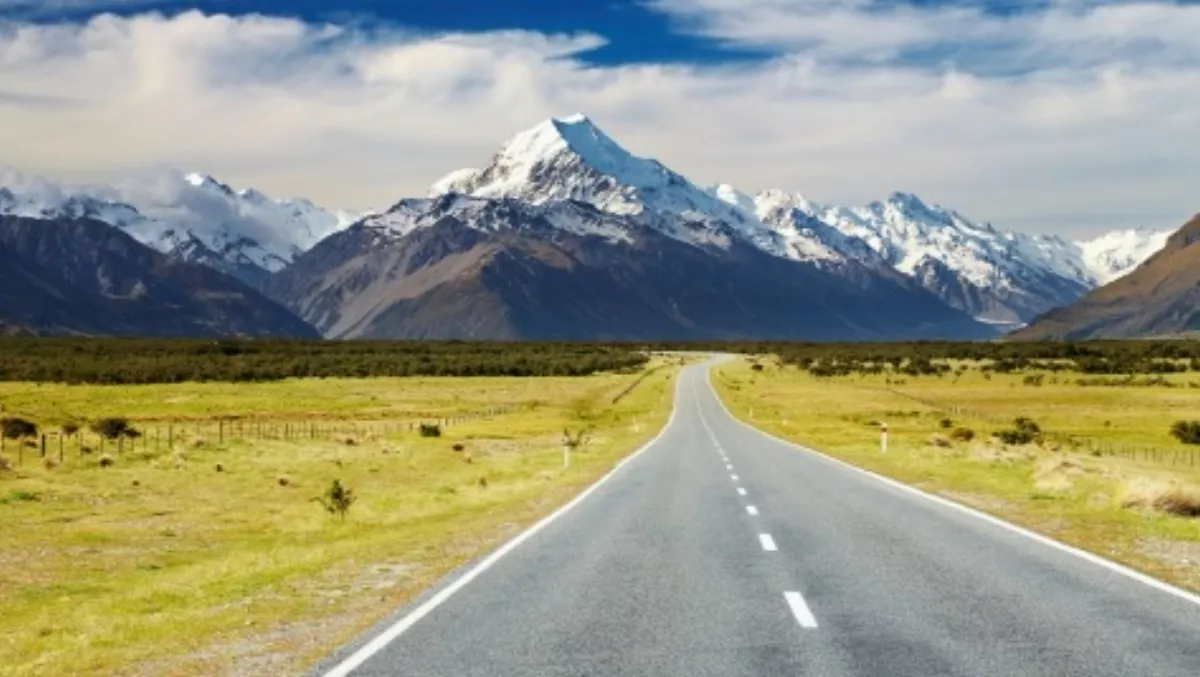
Jan Erik Solem has Google clearly in his sights.
“Our aim is to have the best photography repository of every place people care about on the planet,” Solem, chief executive of Swedish company Mapillary, says.
“If someone wonders what a particular place looks like, or they're considering moving to a town and want to see what it looks like, we want them to come to Mapillary.
Realising they needed a simple way to capture images, and a way that didn't require them to have vans with cameras traversing the world – ‘even with Google's resources they only have a number of vans and can only drive around on a certain number of days in summer', Solem notes - the company instead turned to crowd sourcing.
“In Europe if you look at the major cities and roads, Google captures images every three or four years.
“I just checked some New Zealand sites, and the photos on Google Maps were taken in January 2010. That's just over five years ago,” Solem notes.
Instead, Mapillary aims to have people around the world using smartphones and action cameras to collect photos that are combined into a street level photo view.
Smartphone apps – available for Apple, Android, Windows and KindleFire – require a single tap to activate Mapillary photo collection, which in ‘riding' mode snaps pics every two seconds. The photos are uploaded once the user connects to Wi-Fi.
Unlike Google, which takes ‘spherical' images at one location, before moving 20-50m down the street to take another spherical photo, Mapillary's shots are one-directional and Solem is promising ‘a new type of viewer experience a little different to what people are used to today'.
“We believe a motivated person can capture the important and interesting details of any environment and neighbourhood better than any single authority using cars can,” the company says.
“We're on a mission to empower this community to visually map the world with simple tools and little effort.
It's a vision that is winning fans.
In just 13 months of existence, Mapillary already has more than 10 million images mapping more than 300,000 kilometres of roads.
Several Mapillary users have already captured more than 100,000 photos each and within months the company expects to have one million kilometres mapped.
“If you compare that with Google, they have 10 million kilometres,” Solem says.
The company is already seeing the first crowd mapping in New Zealand with parts of both the North and South Islands, being photographed, including Hobbiton.
Solem says ‘mapping geeks' are usually the first to get onboard with the project, followed by what he terms ‘recreational users' – those who take the pics while out biking or hiking.
‘Professional users', such as local bodies monitoring roads and signage, are also involved in the project.
Solem he expects usage in New Zealand to ramp up in the next couple of months, as the local community grows and professional users come onboard.
Solem is a serial entrepreneur. In 2010 he sold a previous company, Polar Rose, which developed facial recognition software used to tag users on sites like Facebook and Flickr, to Apple for US$29 million.
However, he says there are no plans to sell Mapillary to a big player.
“Our plan is to be an independent player.
“More and more information is being sucked into private silos like Apple and Google, where no one is sharing the information,” he says, adding that that doesn't tie in with Mapillary's vision, which includes support for Open Data and Open Street Map.
In January the company closed a $1.5 million seed round, led by Sequoia Capital.
